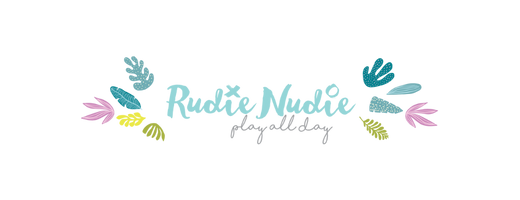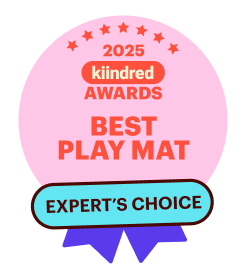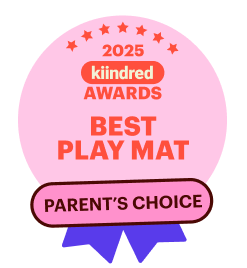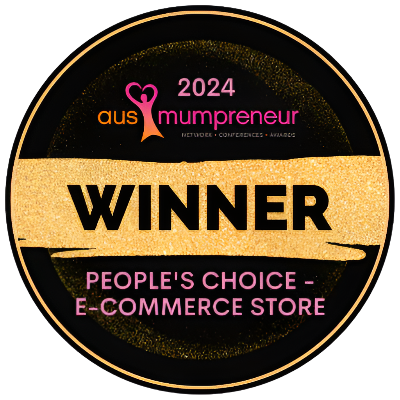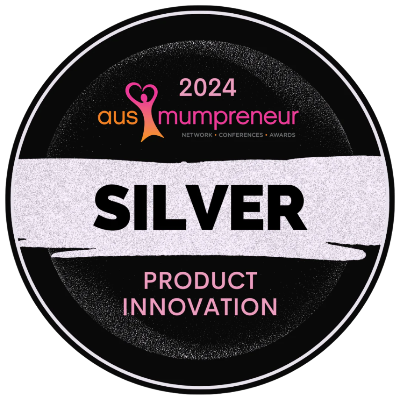We had a chat to our in-house play enthusiast Gemma (@gemma.leigh.r) who has built up her Instagram based on her love for all things play. We asked her to share her best tips on creating a play space for little ones, and what she has learnt along the way.
My playroom has changed a LOT since my first child was born almost 6 years ago. Back then I didn’t know what I was doing, nothing was laid out properly, displayed properly or even stored properly. I had no idea about toy rotation or even what open ended toys were. My baby had all the plastic fantastic toys you could imagine, flashy and noisy.
By the time my baby was nearing 12 months, I delved deep into the world of Montessori. It was then that I discovered the beauty of open ended toys and also the importance of a well thought-out, purposeful play space that is both calming and inviting. The impact this can have on their play and development is quite phenomenal.
Whilst my playroom isn’t strictly Montessori, it is heavily inspired from my time learning all about this amazing method of learning. This is what I've learnt -
- Keep it simple, with a limited number of toys and activities available at once, displayed in a manner that invites them to play (this is where toy rotation comes in - see below).
- Everything is at my children’s height so that they can access everything themselves, promoting independence from an early age. There is nothing out of reach to them.
- Open space for movement. I always make sure the centre of our playroom is a big open space for all the play to occur, with a big squishy mat in the middle, inviting them onto the floor to play.
- We only have open-ended toys that promote engagement and imagination rather than entertainment.
- It is warm and inviting with realistic artwork and fun decorating, whilst not being too busy and distracting.
TOY ROTATION
My biggest tip when creating your children a play space is to have adequate storage that will allow you to rotate your toys if you think this may be something your family will benefit from, it became an absolute gamechanger for us. Not everyone has the luxury of such space but utilise what you have - when I first started out, I was stashing out-of-rotation toys in a wardrobe. Now that our collection has grown quite considerably, we use half of the home office for this purpose.
My favourite way to store our toys is definitely the Trofast system from IKEA. I have tried a few different ways over the years but I have found Trofast to be the best. They are customisable in regard to the sizes of tubs, they look great and they can also be labelled for ease of use. (We also have some Trofast units in the playroom itself for items that my boys like to access regularly, such as musical instruments or their animal figurines.)
WHAT TOYS TO INCLUDE?
Now for the toys that will be in the playroom - less is more. Having a limited number of toys accessible allows for your child to focus better without jumping from one thing to the next, or becoming overwhelmed by choice and therefore choosing nothing. It will help them become more engaged in more meaningful play, and it also means there will be less mess and everything will have a dedicated spot making tidying up a breeze. Lastly (and probably my most favourite), is that toy rotation brings new life to old toys. I absolutely love seeing my sons’ faces when there is a fresh rotation of toys out - it’s almost like Christmas morning!
Some of my favourite toys are created by Grimms, but there are so many amazing open ended toys these days to suit your style and price range.
FURNITURE & ACCESSORIES
Displaying these toys on a low line shelf that your child can reach makes them easily visible and therefore more enticing and inviting, rather than being stashed in a traditional toy box. I also find little baskets really handy for displaying any toys or activities with multiple parts on the shelf; this keeps it altogether and makes it easy for the child to carry the toy/activity down to the floor in one go. Kmart have a great range of inexpensive baskets that are perfect for this purpose that I have linked to below.
WHAT ELSE TO INCLUDE?
Now that your kids are all played out, where are they going to relax? One corner I really love in our playroom is our reading nook. It is nice to create an area that your child can wind down and have some quiet time if they feel they need it. This could be a teepee, a floor cushion, bean bag or a sofa. Pop some books within reach and you have yourself a reading nook. Our reading corner consists of our Bunny Tickles Revolving Bookcase and our play sofa by NooK. I absolutely love our play sofa because not only is it perfect size for our kids to lounge on but is modular with lots of individual pieces, so that it can also be used for imaginative play!
I think the biggest thing to remember when creating your child a play space is that it doesn’t need to be done all in one go. Little changes over time can still create a big impact and can be less overwhelming on yourself. My playroom was always evolving until we found what worked best for us.
A lot of these principles and ideas can be used whether you have a big playroom or you are creating a play space out of the corner of your living room, so I hope some of these tips are helpful in creating your own play space - no matter how big or small it may be.
Items mentioned:
Ikea Trofast
https://www.ikea.com/au/en/search/products/?q=trofast
Grimms Open Ended Toys
https://www.thecreativetoyshop.com.au/search?type=product&q=grimms*
Revolving Bookcase (discount GEMMA5)
https://bunnytickles.com.au/products/revolving-bookcase
Play Sofa
https://mynook.com.au/
Shelves
I get asked a LOT where my toy shelves are from. They were custom made by Howe and Zo in Perth, but they now sell a very similar unit here https://www.howeandzo.com.au/product/large-shelf/
Toy baskets
